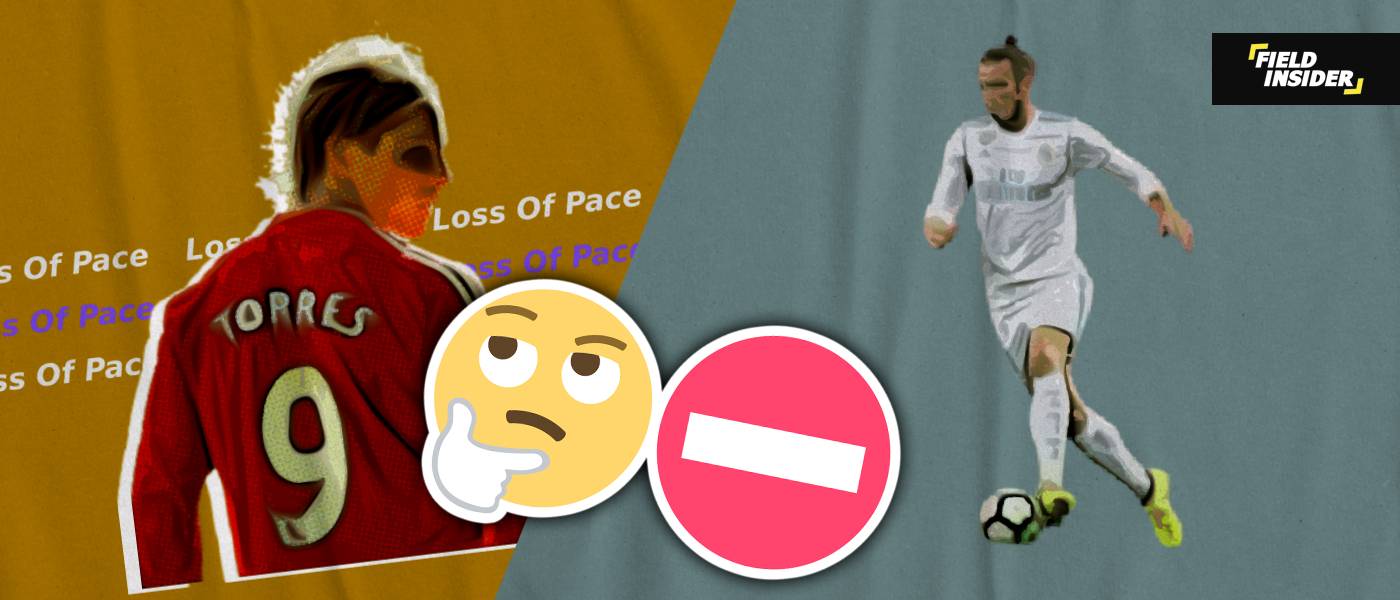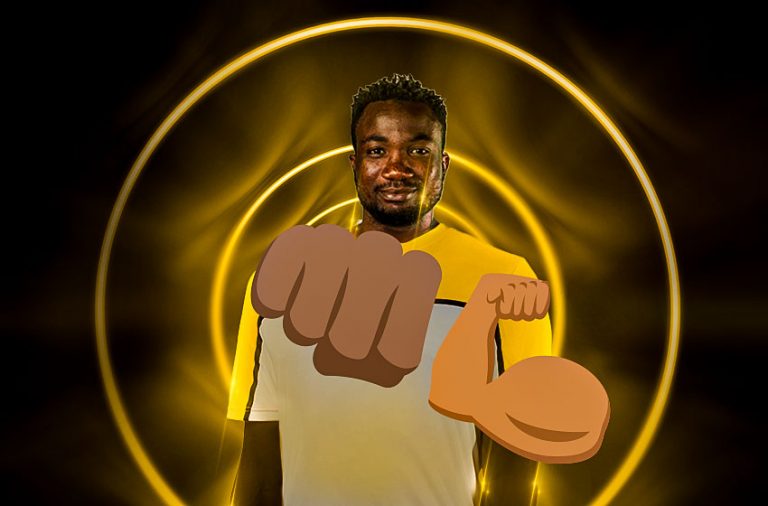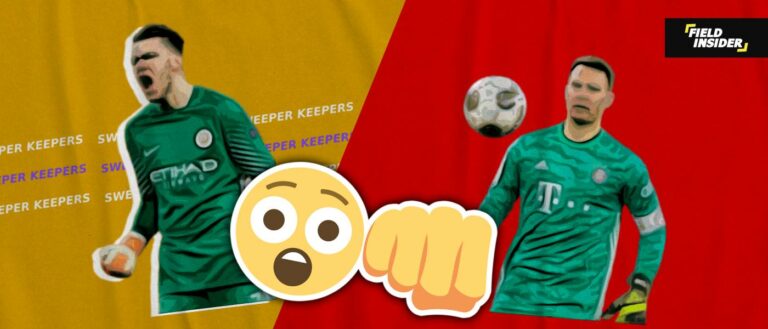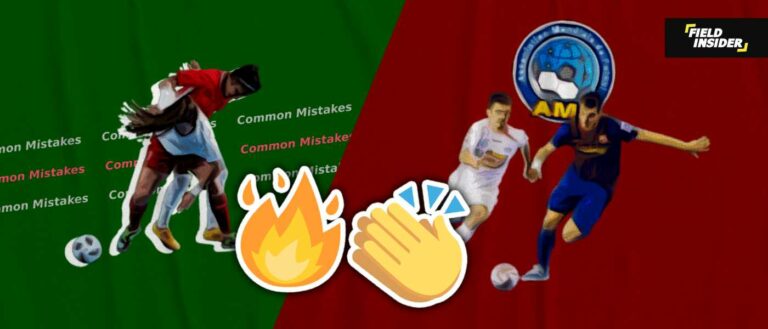Why Do Footballers Lose Pace? Full Analysis
Footballers’ pace is highly valued in football, offering that thrilling burst which often leaves defenders behind and leads to breathtaking moments during games. However, as players age, even the fastest among them will see a decrease in their speed.
What causes this decline, and what strategies do footballers employ to adjust to it? Join us as we explore the dynamics of speed in football, examining when it peaks, how it gradually decreases, and the methods players use to compensate for this change.
Key Takeaways
| Key Takeaways | Details |
|---|---|
| Understanding Pace | Pace in football includes acceleration and top speed. It’s a vital aspect of a player’s skill set. |
| Measuring Pace | Modern tracking systems provide detailed data on players’ speed, acceleration, and agility. |
| Peak Years | Footballers typically hit their peak pace in their early to mid-20s. Factors like youth, training, and genetics play a role. |
| Decline Factors | Aging, injuries, and psychological aspects contribute to the decline in pace. |
| Adaptation Strategies | Specialized training, injury prevention, and adapting playing styles help manage pace loss. |
| Case Studies and Success Stories | Real-life examples show how players coped with and adapted to the loss of pace. |
Understanding Pace in Football: A Vital Skill Set
The Essence of Pace in Football
Pace in football isn’t just about sheer speed; it’s a dynamic blend of acceleration and top speed. This combination is crucial for outsmarting opponents and creating impactful moments on the pitch.

A player’s ability to quickly reach and maintain high speeds can often be the difference between winning and losing in tight situations.
The Role of Acceleration and Top Speed
Acceleration is the ability to reach high speeds quickly. Top speed, on the other hand, is the fastest speed a player can achieve, essential for long sprints down the pitch.
Both elements are integral to a player’s overall pace and contribute significantly to their effectiveness in the game.
Pace as a Tactical Advantage
In football, pace is a key tactical element. It influences team formation and strategy, often dictating the flow of the game.
Teams with fast players can exploit their speed to apply pressure, counter-attack rapidly, and break through defensive lines. Understanding and leveraging pace is critical for both players and coaches, as seen in various football formations and tactics.
Training for Pace
Developing pace involves targeted training that enhances both acceleration and top speed. This training includes specific drills that focus on explosive power, agility, and stamina.
It’s a crucial aspect of a footballer’s regimen, helping to refine their speed skills and improve their overall performance on the field.
Measuring Footballers Pace: A Technological Insight
The Evolution of Pace Measurement
Measuring pace in football has transcended traditional methods, evolving with the rise of advanced technology. Today, it’s not merely about the time it takes to cover a distance but involves comprehensive analysis using high-tech equipment.
These modern systems offer a detailed look at a player’s performance metrics, including speed, acceleration, and endurance.
The Role of Technology in Tracking Speed
Modern tracking technologies, such as GPS and motion sensors, are integral in measuring a player’s pace. They provide real-time data on how fast and how quickly a player moves, giving valuable insights into their physical capabilities.
This technology is crucial in both training and matches, aiding coaches in developing effective strategies and making informed decisions.
Data-Driven Training and Performance Analysis
The data gathered from these technologies are pivotal for tailoring training programs. By analyzing speed and acceleration patterns, coaches can create customized training regimens that focus on improving specific aspects of a player’s pace.
This data-driven approach not only enhances individual performance but also benefits the team as a whole.
Impact on Scouting and Talent Identification
Advanced pace measurement tools are also essential in scouting and talent identification. Clubs and scouts utilize this technology to identify players with exceptional speed and agility, attributes highly valued in modern football.
This evolution in pace measurement has significantly influenced how talents are discovered and developed in the sport.
Peak Years: When Footballers Hit Their Stride
Understanding the Peak Pace Age Range
Footballers typically reach their peak pace during their early to mid-20s. This period represents a prime time in an athlete’s career when physical capabilities, including speed and agility, are at their highest.
It’s a phase where natural athleticism combines with training to produce the fastest speeds players can achieve.
Factors Influencing Peak Pace
Several key factors contribute to a footballer’s peak pace. Youth plays a significant role, as younger players naturally possess more agility and quickness.
Physical development, including muscle strength and cardiovascular fitness, is also crucial. Additionally, consistent and specialized training during these years enhances a player’s speed and agility capabilities.
The Role of Genetics in Peak Pace
Genetics cannot be overlooked when discussing peak pace. Some players are naturally predisposed to be faster, thanks to genetic traits that favor speed and quickness.
This genetic advantage, combined with training and physical development, helps certain players excel in pace during their peak years.
The Importance of Peak Pace in Career Progression
Peak pace years are often when players make significant strides in their careers. It’s a time when they can leverage their speed to the fullest, often leading to critical moments in matches that can define their careers.
Understanding and capitalizing on this peak period is essential for both players and coaches, particularly in strategic planning and player development.
Age-Related Decline in Distance Covered by Professional Footballers
In the pursuit of understanding how aging affects a footballer’s physical capabilities, particularly in terms of distance covered on the pitch, the following study was carried out;
Rey E, Costa PB, Corredoira FJ, Sal de Rellán Guerra A. Effects of Age on Physical Match Performance in Professional Soccer Players. J Strength Cond Res. 2023 Jun 1;37(6):1244-1249.

The bar chart demonstrates the following facts and figures:
- Younger players are set as the baseline for distance covered at 100%.
- Players over 30 in the Spanish La Liga cover 98% of the distance that younger players cover, indicating a 2% reduction.
- Players over 30 in the German Bundesliga cover 96.6% of the distance, showing a 3.4% decrease compared to younger players.
These figures visually represent the decline in the total distance covered by football players as they age past 30, with specific percentages illustrating the comparative decrease in physical performance.
Decline Factors: Understanding the Slowdown in Pace
Aging and Its Impact on Footballers
As footballers age, there’s a natural decline in their physical abilities, including pace. This change is due to factors like reduced muscle mass, decreased agility, and longer recovery times.
The aging process affects how quickly a player can accelerate and their top speed, leading to a noticeable slowdown on the field.
The Toll of Injuries on Pace
Injuries, particularly those affecting the legs, knees, and ankles, can have a long-term impact on a player’s pace. Even after recovery, some players may not regain their former speed, as injuries can lead to reduced flexibility, strength, and confidence in making fast movements.
Playing Style and Position-Specific Demands
The demands of a player’s position and their playing style can also contribute to the decline in pace. For example, a winger, who relies heavily on speed, might experience a more noticeable decline compared to a central midfielder, whose role may focus more on control and distribution.
Psychological Factors in Pace Decline
Psychological factors, including confidence and fear of reinjury, play a significant role in pace decline. A player who has experienced serious injuries might become cautious, impacting their willingness to sprint at full speed or engage in aggressive play that previously came naturally.
Adaptation Strategies: Coping with the Loss of Pace

Specialized Training for Maintaining Pace
As footballers experience a decline in pace, specialized training becomes crucial. This training focuses on maintaining as much speed and agility as possible, incorporating exercises that enhance muscle strength, flexibility, and endurance.
Tailored fitness programs can help players compensate for the natural decline in pace due to aging or recovery from injuries.
Injury Prevention and Management
Preventing further injuries is key to preserving a player’s pace. This involves adopting proper warm-up routines, using the right training equipment, and following recovery protocols diligently.
Injury prevention strategies, combined with effective rehabilitation programs, are vital for players looking to prolong their peak performance years.
Adapting Playing Style to Suit Changing Capabilities
As players lose pace, adapting their playing style becomes essential. This might involve shifting to a position that relies less on speed and more on other skills, like tactical awareness or passing ability.
Players often transition to roles where experience and strategic thinking outweigh the necessity for high-speed play.
Case Studies and Success Stories: Learning from the Best
Analyzing Real-Life Examples of Pace Decline
There are numerous examples of professional footballers who have experienced a noticeable decline in pace. Studying these cases provides valuable insights into how players adapt to this change over the course of their careers.
It highlights the impact of factors like age, injuries, and playing style on their speed and how they’ve adjusted their game in response.
Footballers who Lost their Pace Due to Injuries

Fernando Torres
An illustrative case is that of Fernando Torres, a Spanish footballer renowned for his speed and counted among the quickest of his era. He experienced his prime playing years at Liverpool and Atletico Madrid. Yet, over time, injuries took a toll on his pace, diminishing his capacity to reach his full potential on the field.
Radamel Falcao
When fit, Radamel Falcao was a prolific scorer, contributing significantly to the success of his teams, notably Porto and Atletico Madrid, with numerous trophies. Unfortunately, injuries impacted his speed, leading to a prolonged period off the pitch. During spells with Chelsea, Manchester United and Monaco, he found it challenging to regain his former performance level.
Alexandre Pato
Alexandre Pato, a promising young Brazilian talent, made his mark in Milan as a teenager. Initially, he effortlessly netted goals, hinting at a promising career ahead. Unfortunately, severe injuries hindered his progress and sidelined him for considerable periods.
These injuries gradually diminished his pace and agility, which had been key to his ability to outmaneuver defenders effortlessly.
Robinho
Robinho, the quick-footed Brazilian, handled the ball so quickly that he left fans all over the world breathless. His speed was impressive. However, due to numerous injuries, he was reduced to a shadow of the player who was once regarded as a true magician on the field.
He attempted to resurrect his career, but the loss of pace, which many footballers experience throughout their careers, had an effect. Unfortunately for all of these fantastic players, much more was expected of them, but injuries took t
Strategies for Coping with Decline
Each player’s response to losing pace varies, with some shifting to different positions, focusing more on technical skills or changing their approach to the game.
These strategies showcase the importance of versatility and the ability to adapt to maintain a high level of performance.
Success Stories: Adapting and Thriving
There are inspiring success stories of footballers who, despite losing pace, have continued to excel at the highest levels. These players have adapted their playing style, embraced new roles, or focused on other aspects of the game like vision, passing, or tactical awareness to remain invaluable to their teams.
Real-life examples of footballers who have adapted well to a loss in pace often involve players who have redefined their playing style or shifted their focus to other strengths. Here are some notable examples:
LIonel Messi
While known for his incredible dribbling speed in his youth, Messi has adapted his game as he’s aged. He now relies more on his extraordinary vision, playmaking abilities, and unmatched technique to influence games, rather than solely on pace.
CrisTiano Ronaldo
Cristiano Ronaldo: Ronaldo transformed from a speedy winger to a prolific striker. As he lost some of his explosive pace with age, he compensated by honing his positioning, aerial ability, and finishing skills, remaining one of the top forwards in the world.
Andrea Pirlo
Pirlo was never known for his pace, even in his younger days. However, his exceptional passing range, vision, and ability to read the game allowed him to control matches from midfield, unaffected by a lack of speed.
Xavi Hernandez
Similar to Pirlo, Xavi’s game was less about pace and more about control, precision, and tactical intelligence. He continued to excel in midfield for Barcelona and Spain well into his thirties.
Franck Ribéry
As Ribéry aged, he shifted his style of play. Known for his blistering pace and dribbling in his prime, he adapted by focusing more on creativity and technical skill, continuing to be effective on the wing.
Sergio Busquets
Busquets has never relied on pace; his game is built on positional sense, anticipation, and tactical awareness. These attributes have allowed him to remain a key player for Barcelona (now Inter Miami) despite not being fast.
These players exemplify how footballers can adapt their styles and focus on other attributes to remain at the top of their game, even as they lose some of their pace.
The Role of Coaching and Support
The role of coaches and support staff in managing a player’s transition as they lose pace is also crucial. Effective coaching strategies, tailored training programs, and psychological support can help players adapt and prolong their careers, even as their physical abilities evolve.
Conclusion
In conclusion, the loss of pace in footballers is a natural progression, but it doesn’t signal the end of a player’s impact on the field. The key lies in adapting to these physical changes, focusing on other strengths like tactical intelligence, technical skills, and experience.
These adaptations, as seen in the careers of players like Messi and Ronaldo, highlight the resilience and versatility required in professional football.
They serve as inspiring examples that with the right approach and mindset, players can continue to excel and influence the game, even as certain physical attributes evolve.








